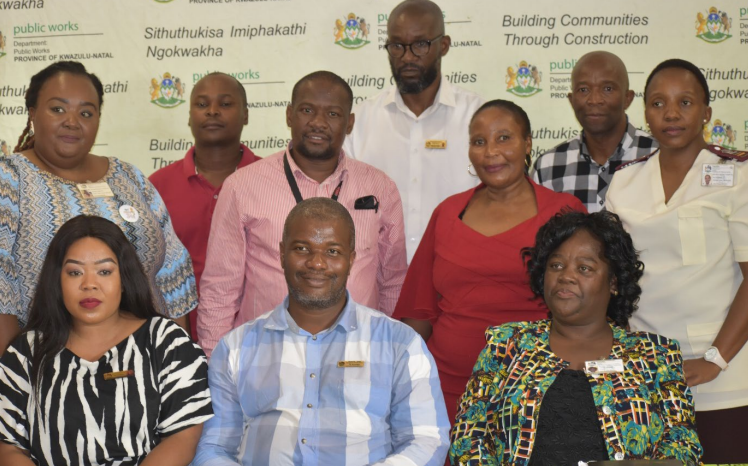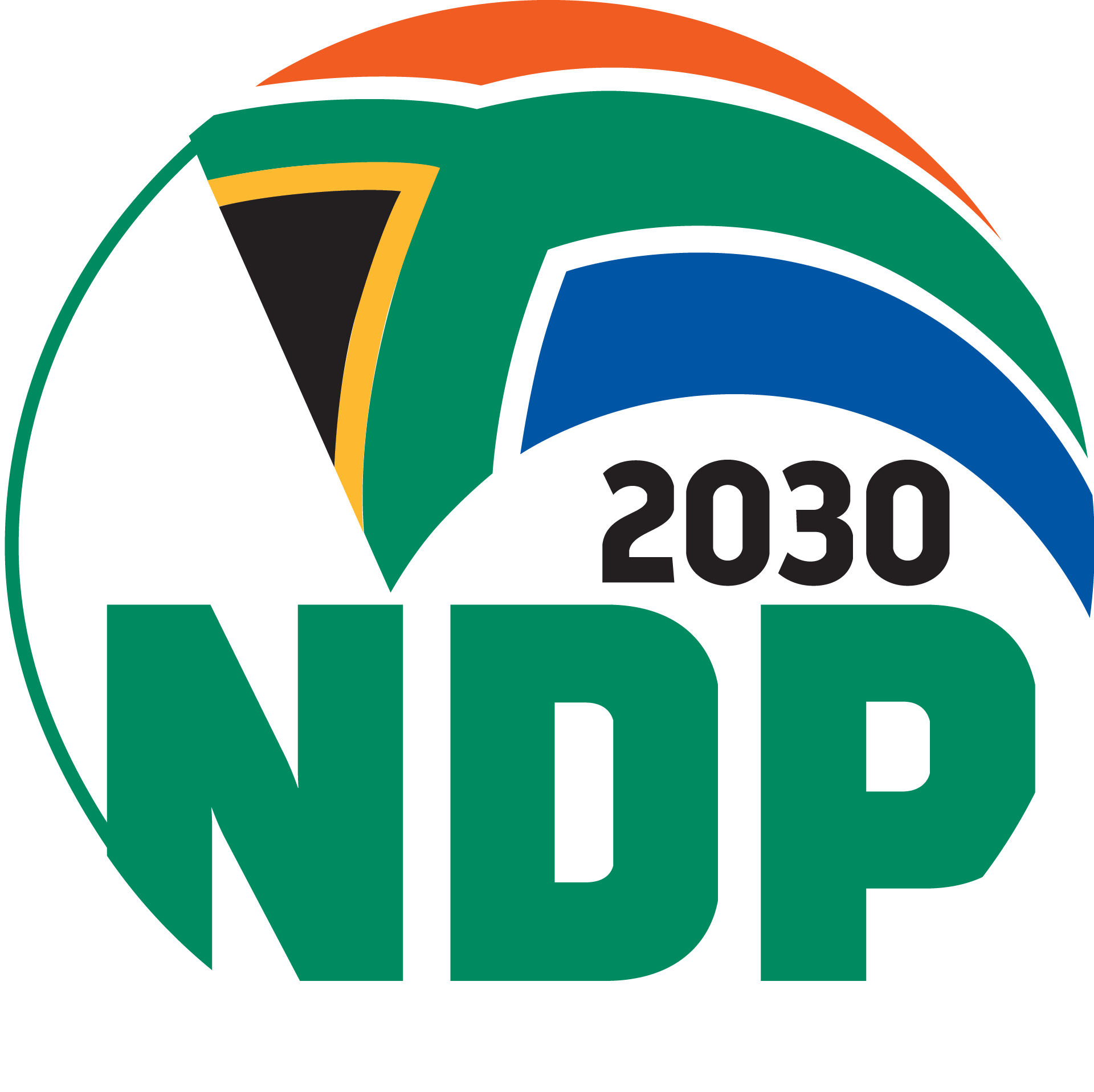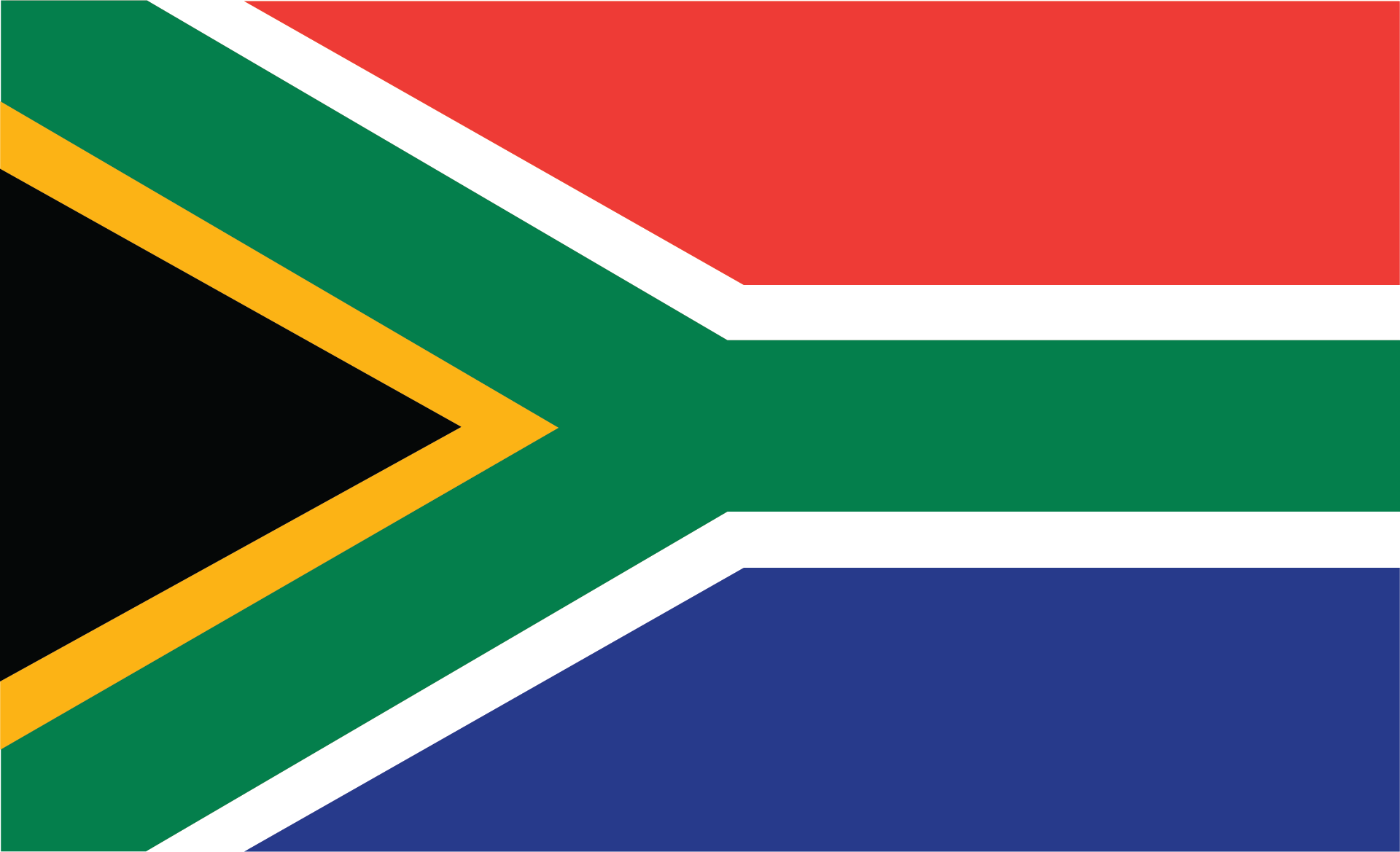Phumlani Lindelani Khuzwayo to Compete at the National Batho Pele Service Excellence Awards 2018/2019 (isiZulu)
Story by Vusi Shabalala & picture by Gugu Mtshali

On Thursday, 13 February 2020 at approximately 13:10, a “Batho Pele” and “Service Delivery”
representative from the National Department of Public Service and Administration (DPSA) called Mr
Phumlani Khuzwayo and shared to him the ‘good news’ of being shortlisted amongst other candidates
who will compete at the National Batho Pele Service Excellence Awards 2018/2019 this year.
Subsequent to the call, a formal visit by the Adjudication Team, representatives from DPSA and Office
of the Premier (OTP) was confirmed for Tuesday 18 February 2020. The interview and project site visit
was conducted at the Vryheid District Hospital – a site where the project was initially launched and
implemented.
Phumlani Lindelani Khuzwayo, who serves the department as Chief Architect at the North Coast Region,
registered an infrastructure project on the “Reconfiguration of the Neonatal Ward at Vryheid Hospital.”
Consequently, the project got shortlisted to compete under the category as “Best Implemented
Project/ Programme of the Year 2018/2019.” The project emerged after a need was registered for the
expansion of the Special Care Baby Unit and creation of additional Ward space in the Post Natal Ward
of the Vryheid Hospital due to an increasing number of baby deliveries. It was deemed prudent
healthcare and mandatory to accommodate the increasing delivery of babies admitted and the
implementation of Nasal Continuous Positive Airway Pressure (CPAP) by conversion of unused space
into an appropriate Ward.
The adjudication team arrived at the hospital on Tuesday 18 February 2020 and got the ball rolling with
an intense, thought-provoking, exhilarating but grilling interview session with Phumlani and Mrs. Fikile
Ngema, the Chief Executive Officer (CEO) for the Vryheid Hospital, which commenced at 15:00. The
team was assigned by DPSA and comprised of Mr. Oomang Parag - Chairperson, Ms. Nomusa Ntsuki.Mahlangu, Mr. Steve Madue, Ms Pumla Dlamini and Mr Jan Motsoene. The Public Works’ team who
joined to witness the interview and project site visit respectively are Messrs. Thulani Gwala – Vryheid
Sub-District Manager and Tarzan Ntsele - Head for Employee Health & Wellness (EHW): North Coast
Region, Ms. Thuthukile Nkomo – Human Resource Practitioner: Change Management & Service Deliver
at Head Office. The Vryheid Hospital team was represented by Mrs. Nesi Khumalo – Deputy Manager:
Nursing, Mr Muzi Buthelezi - Zululand Health District Engineer, Ms. Ntombikayise Gule – Operational
Manager: Post Natal & Special Care Baby Unit, Mr Mjabuliseni Tshabalala – Chief Artisan, and Ms.
Nqobile Mbatha – Public Relations Officer (PRO). Supporting the interviewees was indeed key.
After the interviews were concluded, a ‘walk-about’ site inspection was undertaken. It was of essence
for the team to observe the operational circumstances and architectural state of the Neonatal Ward so
as to have an informed evaluation, analysis and decision. It is in the interest of ‘good governance’ that
site inspections be used in health care and construction projects to promote improvements in the
quality of care, promoting changes in structures or processes. This will benefit healthcare provider, also
stakeholder behaviour and thereby enhance patient or clientele outcomes. These review systems are
based on the assumption that externally promoted adherence to evidence-based standards through
inspection and assessment will result in higher quality of health care and infrastructure delivery.
The socio-economic impact of the project was that it was completed on record time with project
additions and omissions ended up in balanced total value that would not warrant a variation and did
not negatively impact the project. In addition, the project invited people beyond the local area, which
resulted in an increase to food traffic flow meaning that more money was injected towards informal
traders – an ultimate sustenance of local transport business as community had to use local
transportation to reaching the hospital services.
The contribution of the project towards the strategic objectives of Public Works is that it has embraced
the Government’s priorities of an integrated infrastructure service delivery model by ensuring that lives
of babies are saved, the health of babies and their mothers is improved. One other objective isto ensure
that there is sufficient capacity and appropriate infrastructure to support services that assist towards
the implementation of the department’s policy in leading towards the positive pathway of the National
Development Plan – Vision 2030 and also endevours to fulfil the ideals of the National Health Insurance.
Further smooth implementation of the project is that no land was required because the reconfigured
ward was already on an existing building. Provisioning of electricity, water and sewer supply during
construction phases was delivered without hassles. This includes the electrical and mechanical
installations within the section. Bulk services were available with water, sewer and electricity supply. A
new generator was installed with the hospital transformer upgraded to manage an increase in power
supply. A bulk oxygen tank to cater for increasing medical air requirements was already installed. Both
the Vryheid Hospital and Public Works’ teams were formidable workforce. These were professionals in
the health care and built-environment that had a common goal of providing a service that would create
a structure to accommodate human beings in need of quality health care, save and improve lives.
Credit to Fikile Ngema and Phumlani Khuzwayo, who have indeed confidently displayed their respective
resilience and competence on how to provide quality neonatal facilities in the Province that would
complement the expertise of health care practitioners for the range of the babies’ needs they may
have. Mutual beneficial connections and ultra-careful diligence was evident. They all had a “stake” of
common interest. These relationships build networks that develop credible, united voices about issues,
products, and or services that are important to the government and people of KwaZulu-Natal. Special
compliments goes to all those officials from Vryheid Hospital and Public Works who remained loyal to
the course. Their support (nursing management, professional services, supply chain management,
programme management, finance and other disciplines) in ensuring that the project team delivered on
its project schedule is commendable. Such an achievement embraces the destiny of moving South
Africa forward. This is a winning way of building a brighter future for maternal and child healthcare.


